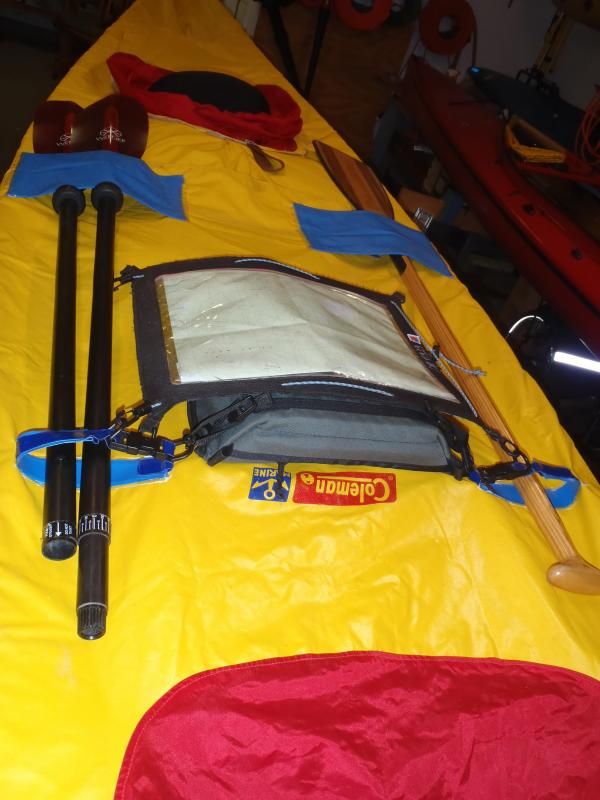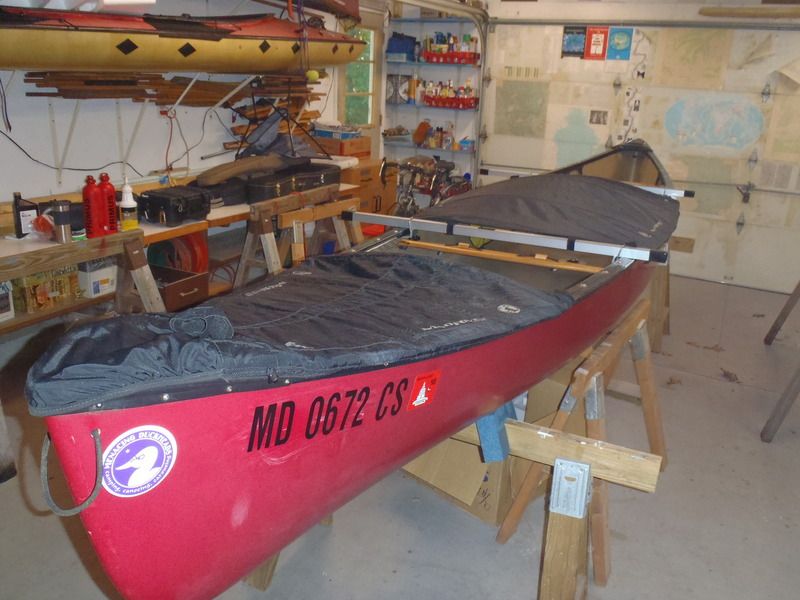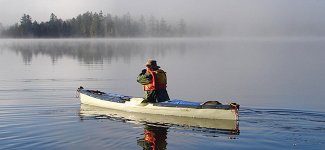G
Guest
Guest
I was thinking that the three peace cover in your photos is what I wanted to make, or have made.I do like the way it's made, and the water dam is some good thinking
The cover is going to be the biggest job for me, since I only paid 200 bucks for the canoe I feel that the cost of a cover can be justified.
So, does CCS still make these covers? If so, what do I do to get one made?
I don’t see the Teton in the CCS list of canoes for which Dan already has a template.
http://www.cookecustomsewing.com/information.htm#typesofskirts
No matter; even if Dan had the template it would almost undoubtedly be for his stock in trade full cover.
Also I don't think Dan makes three piece covers. But it does not seem to make sense for a two hundred dollar canoe to spend two hundred dollars on covers.
That’s the nice part about the “Custom” in Cooke Custom Sewing. Dan made partial covers for two of our canoes, and a bow cover in the same fashion for a friend’s boat.
A partial would be a custom order. A three piece bow-center storage- stern cover is going to be almost as costly as a full cover. I hadn’t looked at canoe cover prices in the CCS website in some years; the current price list for his usual full cover style starts at around $450 - $500.
$200 canoe, $500 cover. . . . yikes.
How to make a canoe spray cover template for cutting and sewing material (with a little help from CCS)
Sizing and cutting the material for a spray cover is actually fairly straightforward, considering the bean pod curves of the sheerline. For canoe models where Cooke doesn’t already have a template he sends a giant piece of transparent Mylar. You just roll that out atop the gunwales, leaving some overlap all the way around.
Tape that transparent material down in a couple spots to hold it in place below the outwales. Trace out the bottom of the outwale edge (and deck plates) all the way around with a Sharpie. Mark the locations of the seats and thwarts. Mark the (___) curves for the open cockpit area if making a partial cover.
Calculate enough material to hem the edges, with the snap rivets positioned in the hemmed material about an inch below the outwale, and leave enough material to hem the ends to encase the minicel water dam.
I’ve used that template method using visqueen plastic for DIY covers, but I hate sewing enough that I will never attempt to DIY another cover.
A $500 custom made cover on a $200 canoe, eh, only you can decide. You could work up a rough list of DIY materials cost, nylon pack cloth, snap rivets, washers, Velcro for paddle retaining straps and see if the delta is worth making your own.








